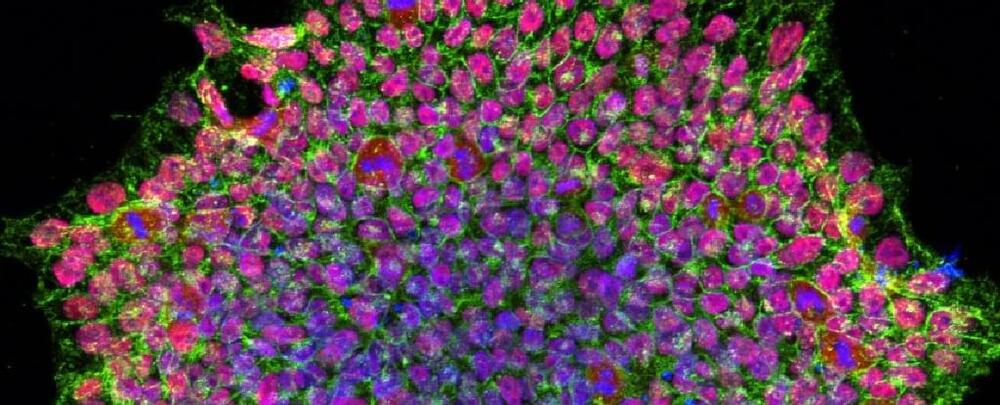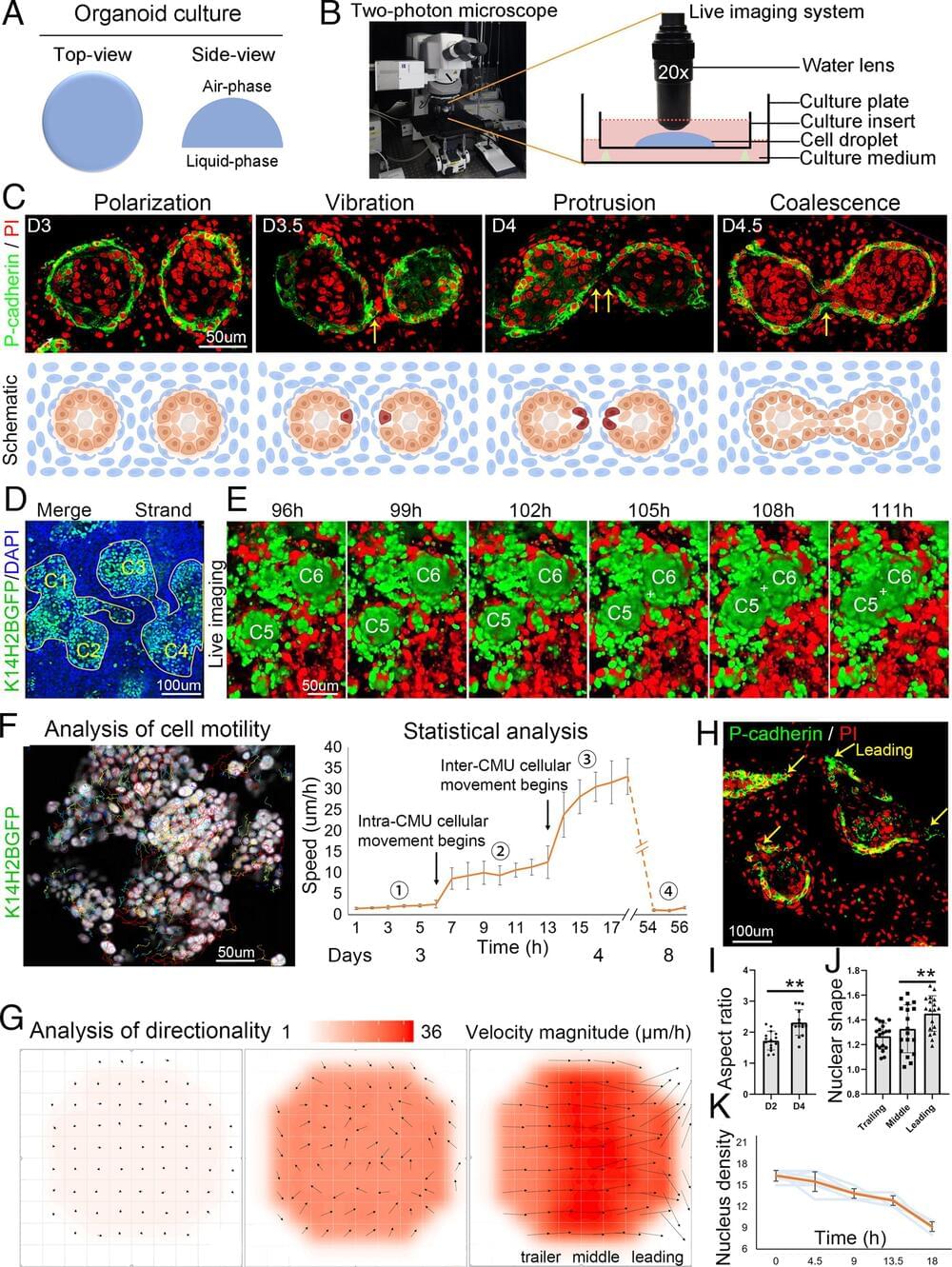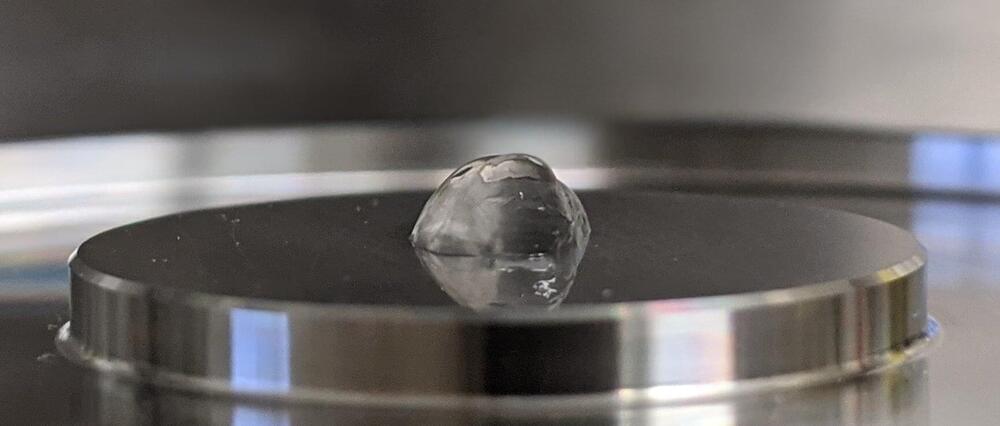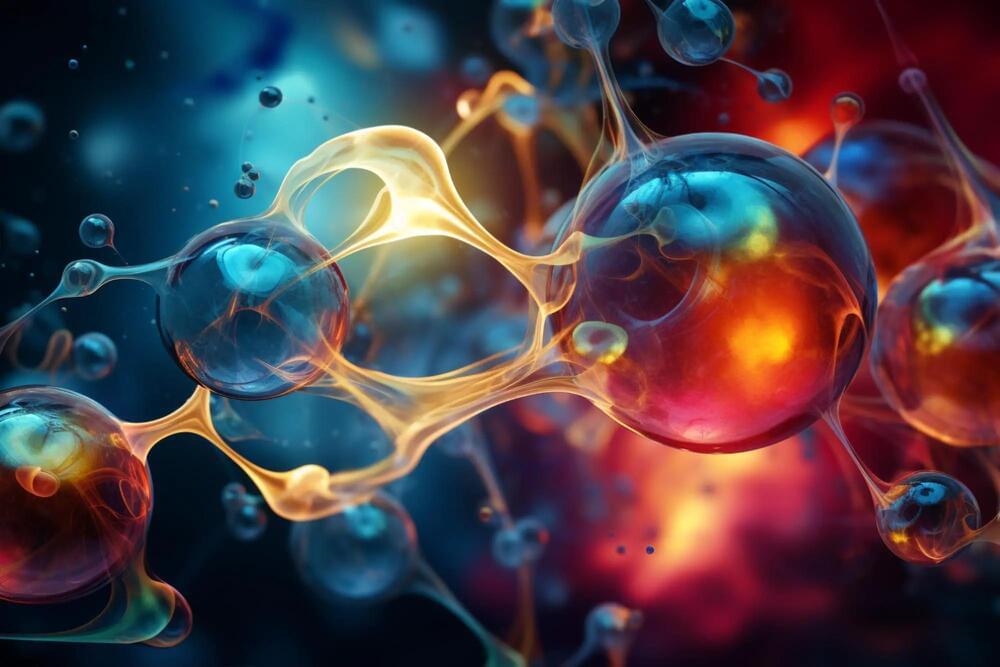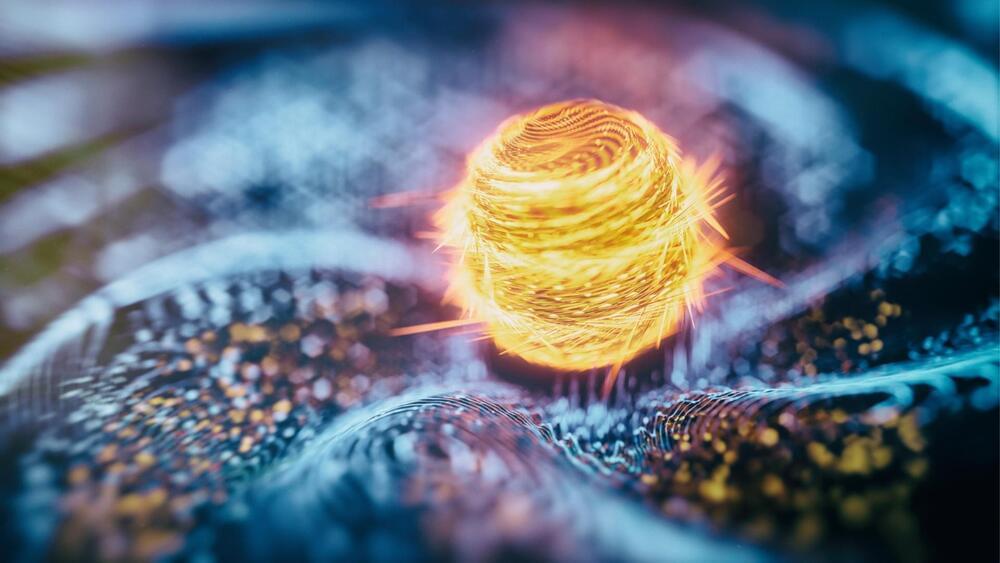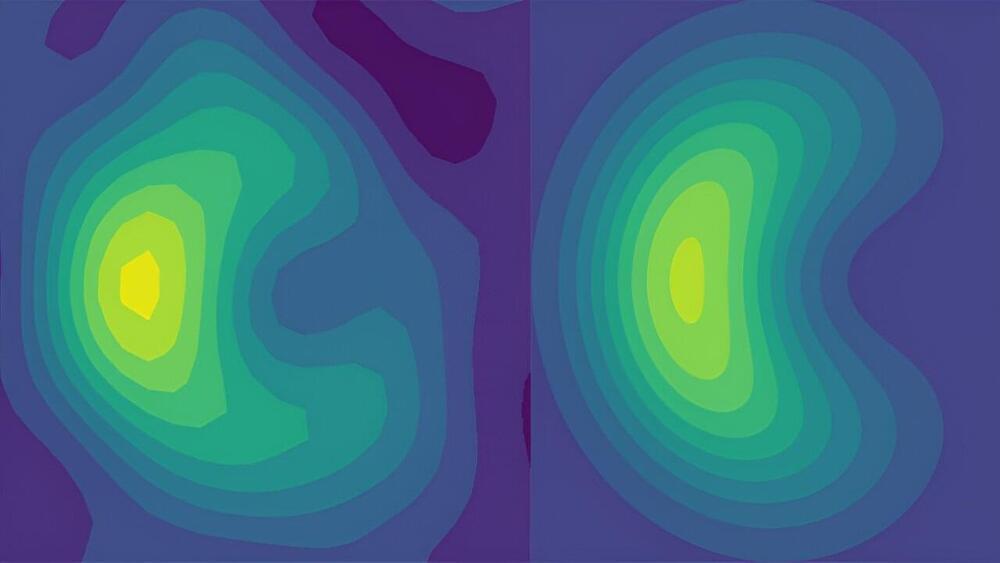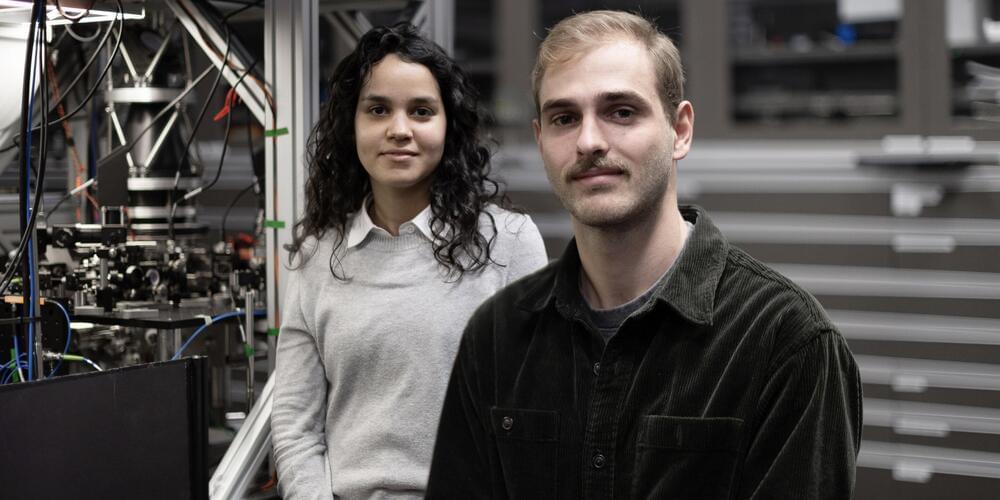Aug 30, 2023
In a First, Scientists Fully Wipe a Cell’s Memory Before Turning It Into a Stem Cell
Posted by Paul Battista in categories: biotech/medical, chemistry, genetics
Scientists already have their ways of coaxing human cells into new forms, using a special concoction of chemicals to nudge humble skin cells into malleable tissues known as induced pluripotent stem cells.
In spite of this new lease on life, these particular cells still retain a few genetic reminders of their time as a fully developed tissue, affecting their use as a blank slate.
Now an international team of researchers has gone one better: finding a new way of wiping a cell’s memory clean so it can be better reprogrammed as a stem cell.
